People, Places, and Stories
National Parks
-
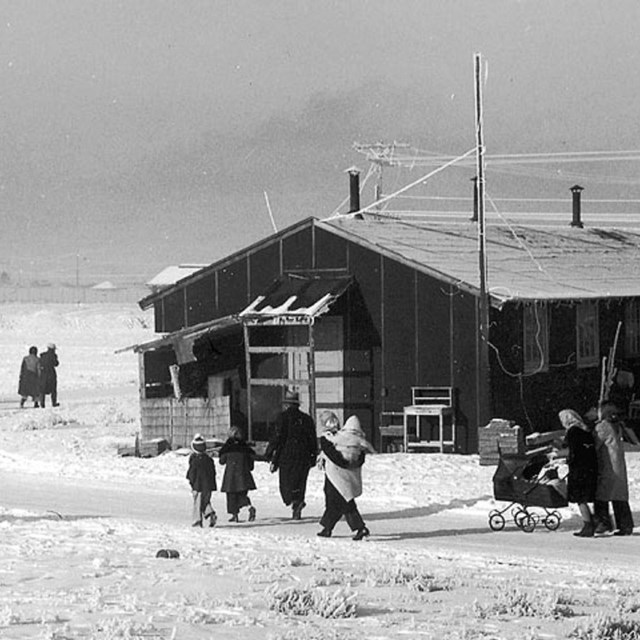 Resistance and RepressionTule Lake National Monument
Resistance and RepressionTule Lake National MonumentTule Lake Segregation Center was the largest, longest occupied, and most repressive of the WRA confinement sites.
-
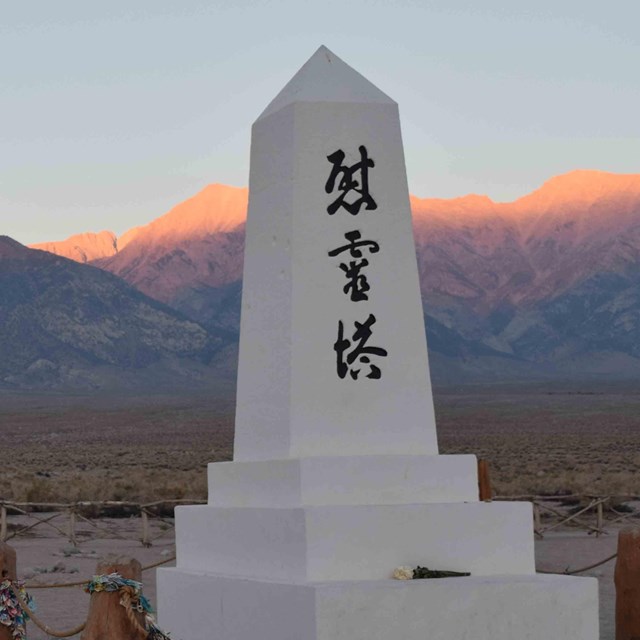 One camp - ten thousand livesManzanar National Historic Site
One camp - ten thousand livesManzanar National Historic SiteManzanar War Relocation Center was the first of the relocation camps built to incarcerate people of Japanese descent during WWII.
-
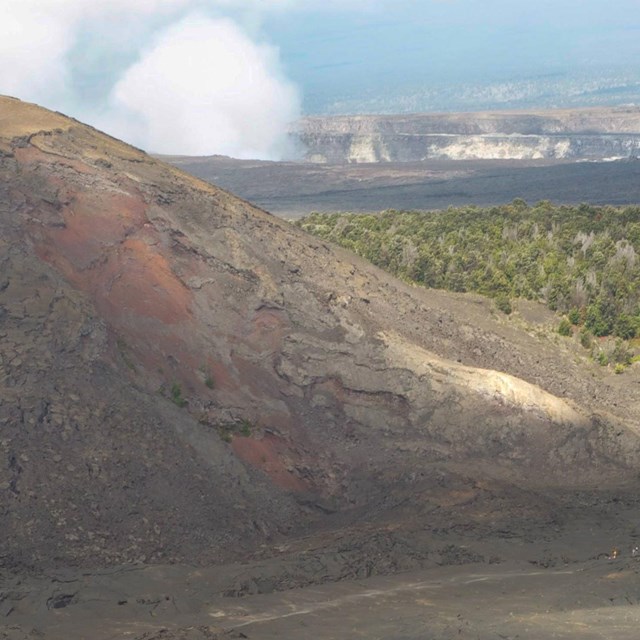 Camps and Training FacilitiesHawaii Volcanoes National Park
Camps and Training FacilitiesHawaii Volcanoes National ParkKilauea Military Camp, established in 1916 as a recreation facility, was used as a Japanese confinement site and a POW camp during WWII.
-
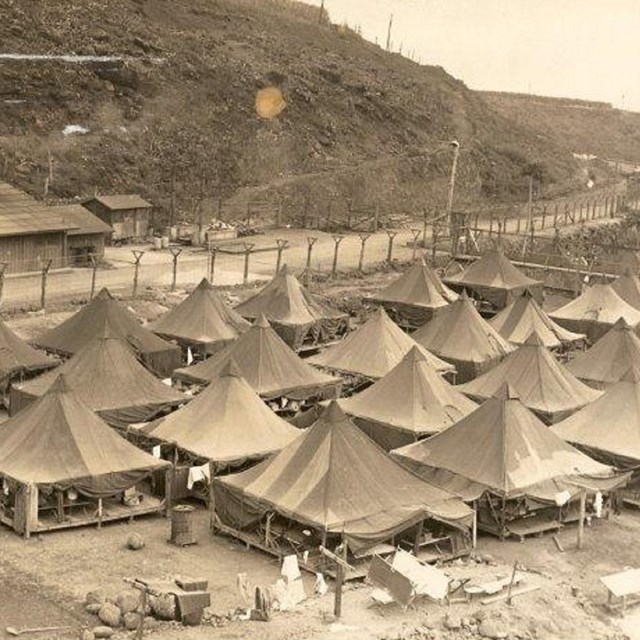 Hell ValleyHonouliuli National Historic Site
Hell ValleyHonouliuli National Historic SiteHonouliuli Internment Camp, for citizens, residents, and POWs, was the largest and longest-used confinement site in the Hawaiian Islands.
-
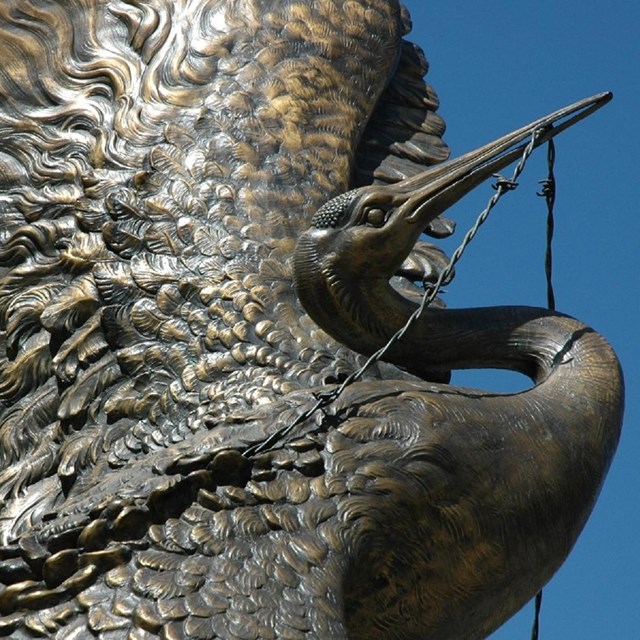 COMMEMORATING PATRIOTISMJapanese American Memorial to Patriotism
COMMEMORATING PATRIOTISMJapanese American Memorial to PatriotismHonoring Japanese Americans who lived in incarceration camps as well as those who served in the US military during the war.
-
 One camp - ten thousand livesManzanar National Historic Site
One camp - ten thousand livesManzanar National Historic SiteManzanar War Relocation Center was the first of the relocation camps built to incarcerate people of Japanese descent during WWII.
-
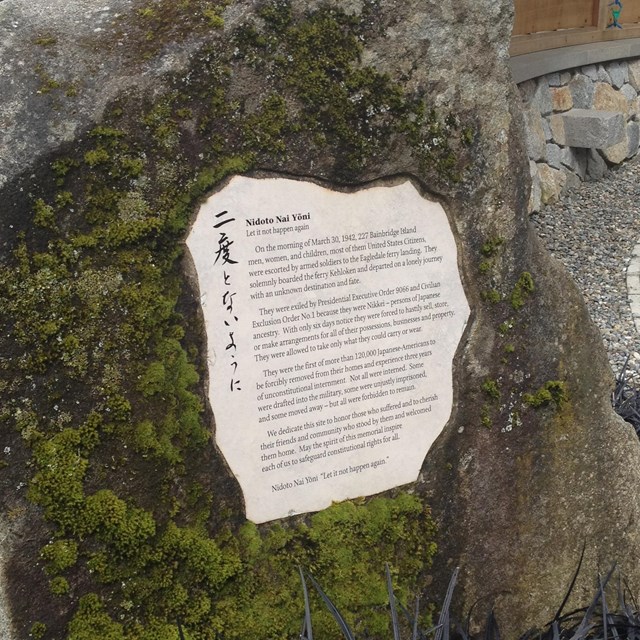 Lessons in HistoryMinidoka National Historic Site
Lessons in HistoryMinidoka National Historic SiteMinidoka was one of ten US Government War Relocation Authority (WRA) camps where people of Japanese descent were incarcerated during WWII.
-
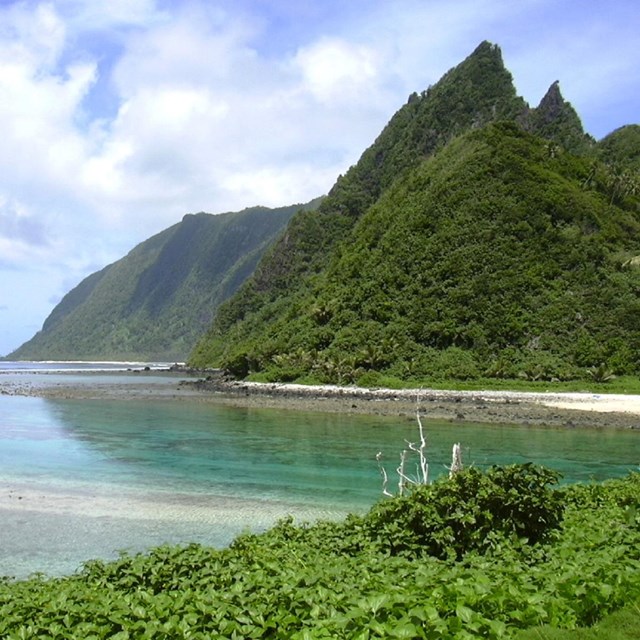 A VITAL LINKNational Park of American Samoa
A VITAL LINKNational Park of American SamoaThe American Samoan Islands were an essential link in the chain of communications between the US, Australia, and New Zealand.
-
 Resistance and RepressionTule Lake National Monument
Resistance and RepressionTule Lake National MonumentTule Lake Segregation Center was the largest, longest occupied, and most repressive of the WRA confinement sites.
-
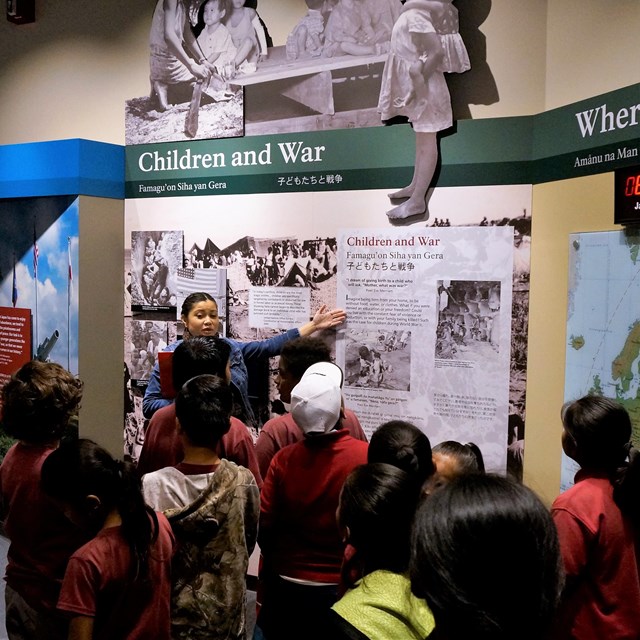 THE PACIFIC THEATERWar in the Pacific NHP
THE PACIFIC THEATERWar in the Pacific NHPCommemorates the bravery and sacrifice of those participating in the campaigns and battles of the Pacific Theater of World War II.
-
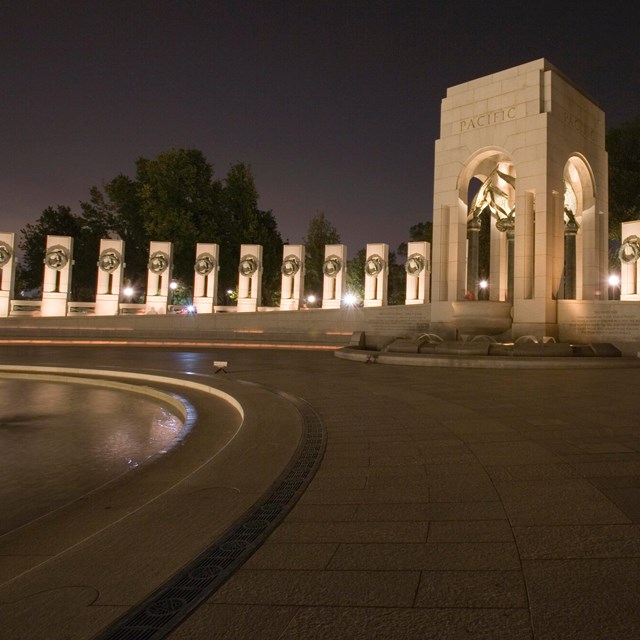 Here We Mark the price of freedomWorld War II Memorial
Here We Mark the price of freedomWorld War II MemorialThe World War II Memorial recognizes the ways Americans served, honors those who fell, and recognizes the victory they achieved.
Last updated: November 5, 2024
